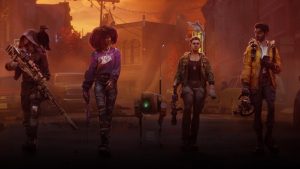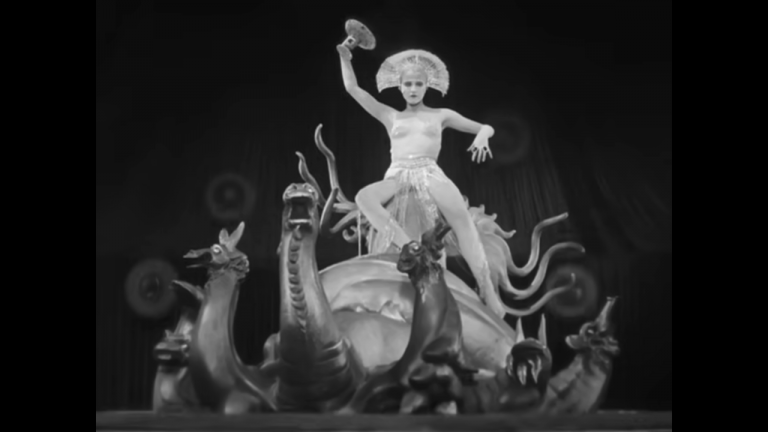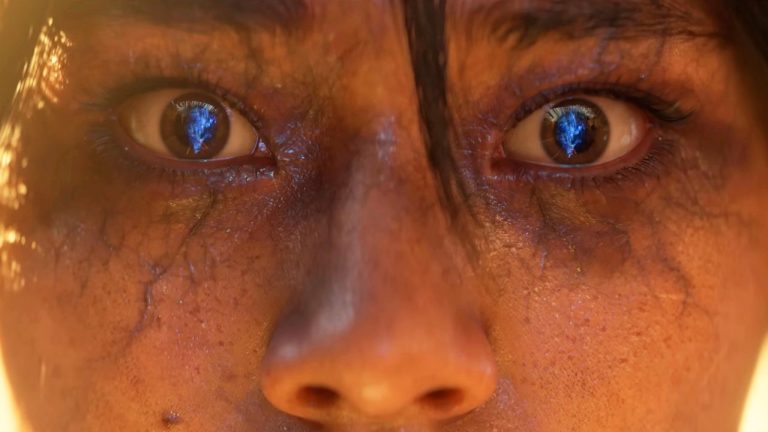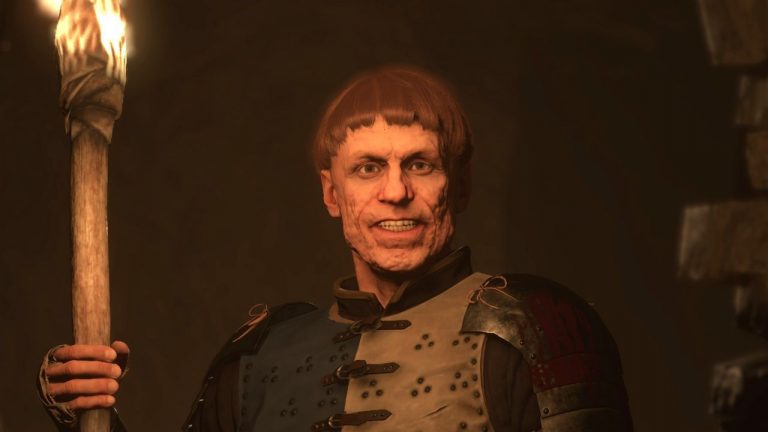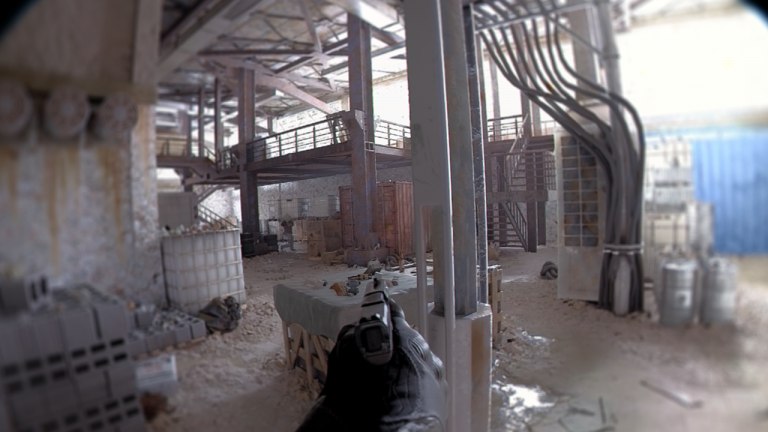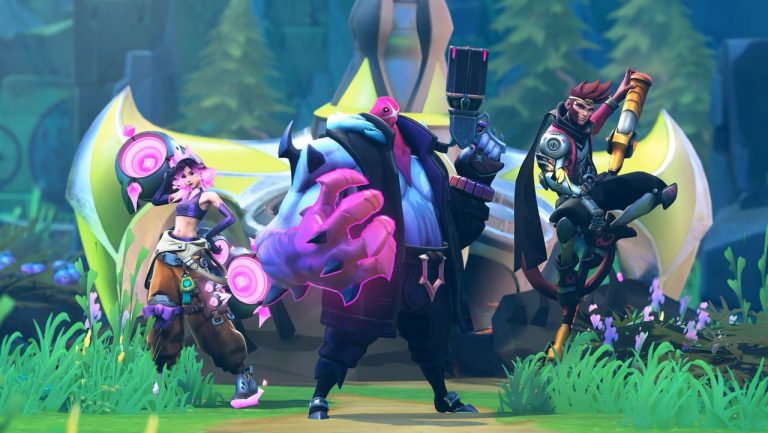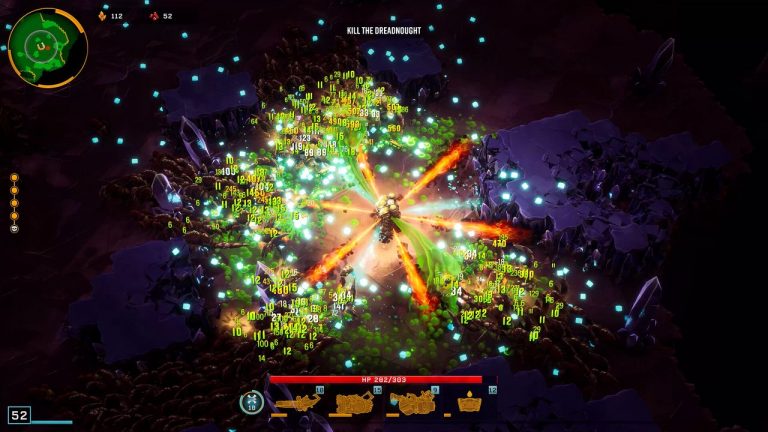Roleplaying goblins in Dungeons & Dragons opens up a world of creativity and fun. These small, green-skinned creatures, known for their mischievous and cunning nature, are a staple of many campaigns. Bringing goblins to life with authenticity and flair can add depth and excitement to your games, whether you’re a Dungeon Master crafting encounters or a player taking on a goblin character.
Goblins are more than just cannon fodder; they have rich cultures and personalities that can be explored. Understanding their lore, behaviors, and interactions with other races allows you to portray them in a more nuanced and engaging way. Goblins are often depicted as crafty and resourceful, thriving in environments where they can use their wits to survive and outsmart their enemies.
Incorporating humor into goblin roleplaying is key. Their antics, pranks, and humorous dialogue can provide comic relief and make your sessions memorable. However, balancing their mischievous nature with a sense of depth ensures they are more than just a source of jokes but integral parts of the story with their own goals and motivations.
Whether you’re introducing a goblin NPC as an ally, a villain, or a central figure in your campaign, the way you roleplay these characters can significantly impact the game’s tone and enjoyment. Embrace the quirks and complexities of goblins to create dynamic and entertaining interactions that will leave a lasting impression on your players.
Understanding Goblin Lore
Goblins in Dungeons & Dragons are fascinating creatures with a rich tapestry of lore. Known for their cunning, mischief, and resourcefulness, they bring a unique flavor to any campaign. By understanding their cultural and historical background, you can roleplay these characters with depth and authenticity, making your game more immersive and enjoyable.
Goblin Culture
Goblins have a vibrant and complex societal structure that revolves around survival and cunning. Here’s a closer look:
Tribal Living: Goblins live in close-knit tribes led by the strongest or most cunning individual, often called the chieftain.
Hierarchy and Leadership: Power dynamics are fluid, with leadership constantly challenged through cunning or brute force.
Values: Resourcefulness and trickery are highly valued, with loyalty to the tribe being paramount.
Daily Life: Goblins are scavengers and craftsmen, making tools and weapons from whatever they can find. They set traps and fortify their lairs to protect against threats.
Traditions and Celebrations: Goblins have unique traditions, often centered around feasting and storytelling, celebrating their victories and cunning exploits.
Goblins in Myth and Folklore
Goblins have a storied history in myths and folklore from various cultures, which heavily influences their depiction in D&D:
European Folklore: Traditionally seen as small, impish creatures causing mischief, goblins were often blamed for unexplained happenings and bad luck.
Cultural Depictions: Across different cultures, goblins have been depicted with various traits, from helpful house spirits to malevolent tricksters.
Influence on D&D: These historical and cultural references have shaped goblins into multifaceted characters in D&D, capable of being both comical and menacing. They are not just fodder for heroes but have their own rich narratives and motivations.
By delving into goblin lore and culture, you can portray them not just as adversaries but as complex, interesting beings that add depth and intrigue to your D&D campaign.
Goblin Characteristics and Traits
Goblins in Dungeons & Dragons have distinct characteristics and traits that make them unique and memorable in gameplay. Understanding these aspects can help you roleplay them more effectively.
Physical Attributes
Goblins are typically small, standing between 3 to 4 feet tall, with wiry, agile bodies. Their skin color ranges from deep green to dark brown, often reflecting their environment. They have sharp, pointed ears and noses, with wide, mischievous eyes that glint with cunning. Goblins are known for their exaggerated features, such as oversized heads and long, dexterous fingers, which aid in their crafty endeavors.
Behavioral Traits
Goblins are notorious for their cunning and survival instincts. Here are some key behaviors:
Resourcefulness: Goblins are adept at using their surroundings to their advantage, often scavenging and repurposing items.
Mischief and Trickery: They love playing pranks and setting traps, both for amusement and survival.
Cowardice and Bravery: While goblins are generally cautious and prefer to avoid direct confrontation, they can be surprisingly brave when cornered or when defending their tribe.
Group Dynamics: Goblins often operate in groups, using pack tactics to overwhelm stronger foes.
Language and Communication
Goblins speak Goblin, a language characterized by its harsh, guttural sounds and rapid-fire delivery. They also tend to mix in Common phrases, especially when dealing with other races. Common traits of goblin speech include:
Dialect: Goblin dialects can vary significantly between tribes, with unique slang and idioms.
Common Phrases: Goblins often use phrases like “Sneak good!” or “Boss says smash!” which reflect their simple yet direct approach to communication.
Non-Verbal Cues: They also rely heavily on body language and gestures, such as exaggerated facial expressions and quick, darting movements to convey their intentions.
By focusing on these characteristics and traits, you can bring goblins to life in your D&D campaign, making them more than just adversaries but fully fleshed-out characters with their own quirks and personalities.
Roleplaying Goblin NPC Tips
Roleplaying goblins in Dungeons & Dragons can add a lot of flavor and fun to your campaign. These mischievous, cunning creatures are more than just enemies—they can be integral to your storytelling. Understanding their personalities, behaviors, and interactions with other races can make them memorable NPCs that your players will talk about long after the game ends.
Personality Archetypes
When roleplaying goblins, consider adopting different personality archetypes to add variety and depth to your characters. You could portray a cowardly goblin who constantly seeks to avoid danger and hides behind stronger allies. Alternatively, you might play a cunning leader, a goblin who uses their wits to manipulate others and rise to power within the tribe. Other archetypes include the bumbling fool, who often gets into trouble but provides comic relief, or the greedy scavenger, always on the lookout for valuable items to hoard.
Voice and Mannerisms
Developing a distinctive goblin voice can enhance your roleplaying. Goblins typically speak in high-pitched, raspy tones, with a rapid pace that reflects their nervous energy. Add stuttering or a nasal quality to make it more unique. Accompany their speech with exaggerated physical gestures, such as twitchy movements, wide-eyed expressions, and constant fidgeting. These mannerisms convey the goblins’ restless and mischievous nature, making your portrayal more vivid and engaging.
Interactions with Other Races
Goblins’ interactions with other races are often colored by their survival instincts and opportunistic nature. They might approach stronger creatures with a mix of fear and respect, trying to curry favor or avoid conflict. When dealing with those they perceive as weaker, goblins can be bold and overconfident, resorting to bullying or deceit. They are likely to be wary of elves and dwarves, who often hunt them, while showing a grudging admiration for orcs and hobgoblins. Understanding these dynamics can help you create more realistic and compelling interactions in your campaign.
Roleplaying Goblin NPCs
Creating memorable goblin NPCs involves combining these personality traits, voices, and mannerisms. Picture a goblin chieftain who speaks in a raspy, authoritative tone, with exaggerated gestures to emphasize his cunning plans. He might be accompanied by a cowardly underling, constantly shaking and stuttering, adding humor to their dynamic.
Consider how these NPCs react to the players. A goblin merchant might try to swindle the adventurers with absurdly high prices, using rapid, persuasive speech and wide, innocent eyes to seem trustworthy. Meanwhile, a goblin scout might nervously report to the party, darting glances around and speaking in hushed, hurried tones, showing his fear of being caught by enemies.
By combining these elements, you can bring goblin NPCs to life, making them engaging and entertaining characters in your D&D campaign. Whether they serve as foes, allies, or comic relief, well-roleplayed goblins can add a rich layer of storytelling to your game.
Goblin Tactics and Strategies
Goblins are known for their cunning and resourcefulness in combat, using their small size and agility to their advantage. Their fighting styles, use of traps, and group dynamics reflect their survivalist nature, making them formidable opponents despite their stature.
Combat Techniques
In battle, goblins rely on speed and numbers. They prefer hit-and-run tactics, using their agility to strike quickly and retreat before their opponents can respond. Goblins often employ guerrilla warfare, ambushing their enemies from hidden positions and using the terrain to their advantage. They favor ranged weapons like bows and slings, allowing them to attack from a distance and avoid direct confrontation. When forced into melee combat, they fight dirty, using improvised weapons and aiming for weak spots.
Traps and Ambushes
Goblins excel at setting traps and staging ambushes. They use their environment creatively, crafting pitfalls, snares, and tripwires from available materials. These traps are often placed in strategic locations, such as narrow passages or dense foliage, where they can easily catch unsuspecting adventurers. Goblins also use decoys and distractions to lure enemies into their traps, making it difficult for their opponents to anticipate their moves. Ambushes are a key part of their strategy, with goblins attacking from hidden positions and retreating into the shadows when faced with superior force.
Group Dynamics
Hierarchy and roles within goblin groups are crucial to their survival and effectiveness in combat. Goblin tribes are usually led by the strongest or most cunning member, often called a chieftain. The chieftain directs the tribe’s activities and makes strategic decisions, while shamans or wizards provide magical support. Scouts and spies gather intelligence, while warriors and hunters execute attacks and provide food for the tribe. This division of labor allows goblins to operate efficiently and respond quickly to threats. Their group dynamics emphasize cooperation and loyalty to the tribe, with each member playing a specific role to ensure the group’s survival.
Understanding these tactics and strategies can help you portray goblins as clever and dangerous foes in your D&D campaign. Their reliance on speed, cunning, and teamwork makes them more than just minor adversaries, adding depth and challenge to your game.
Incorporating Humor
Adding humor to goblin characters can make your D&D campaign more engaging and enjoyable. Goblins’ mischievous nature lends itself perfectly to comedic elements that can provide much-needed levity amidst the adventure.
Pranks and Mischief
Goblins are notorious pranksters who love causing harmless chaos. They might set up traps that lead to amusing results, like buckets of water falling on unsuspecting adventurers or placing harmless critters in boots. Their antics, ranging from playful to slightly annoying, add a layer of humor to the game and can keep players on their toes.
Humorous Dialogue
Crafting funny and memorable dialogue for goblins enhances their role in your campaign. Goblins often speak in high-pitched, rapid-fire sentences, filled with malapropisms and quirky expressions. For example, a goblin might boast, “I’s the bravest goblin in all the land! I’s scared of nothing…except spiders, heights, water, and loud noises!”
Here are some other examples:
“I’s the bravest goblin in all the land! I’s scared of nothing…except spiders, heights, water, and loud noises!”
“You want shiny thing? Gobbo trade for…uh…shiny-er thing!”
“Boss says we smash, so we smash. But not too hard! We need that for later.”
“You ever try goblin stew? No? Good choice!”
“Oops! Did Gobbo do that? My bad. Hehe.”
“Follow Gobbo! Wait, which way is left again?”
These examples showcase goblins’ mischievous nature and add a layer of humor to your campaign. This type of dialogue, with its exaggerated bravado and misunderstandings, adds to the humor and makes interactions with these characters more entertaining.
Goblin NPCs in Your Campaign
Incorporating goblin NPCs into your campaign can add depth and variety to your storytelling. These characters can serve various roles, from mischievous troublemakers to unlikely allies.
Creating Compelling Goblin Characters
To develop goblin NPCs with depth and personality, give them unique traits and backstories. Consider their motivations, fears, and aspirations. For instance, a goblin merchant might be obsessed with shiny objects, while a goblin scout could have a phobia of large creatures. By adding these details, you make the goblins more relatable and engaging, with each NPC standing out in your campaign.
Goblin Villains and Allies
Goblins can be formidable villains or unexpected allies. As villains, they might lead cunning raids, set devious traps, and orchestrate elaborate schemes against the adventurers. As allies, they can offer valuable knowledge of local terrain or help the party out of tight spots—often with an ulterior motive. This duality makes goblins unpredictable and interesting, adding complexity to their characters.
Goblin-Driven Plots
Creating storylines centered around goblin characters and their schemes can lead to dynamic and engaging campaigns. Perhaps a goblin tribe has stolen a valuable artifact, leading the party on a wild chase through treacherous terrain. Alternatively, the goblins could seek revenge against a common enemy, prompting an uneasy alliance with the adventurers. These plots combine humor, danger, and intrigue, keeping your players invested and entertained.
Roleplaying as a Goblin NPC
Roleplaying goblins effectively can bring a unique and enjoyable dimension to your D&D campaign. By embracing their distinctive traits, behaviors, and cultural elements, you can create memorable and entertaining encounters that your players will love. Whether you’re portraying a mischievous goblin rogue or a cunning goblin chief, these tips will help you bring these iconic creatures to life.
The post Goblin Glory: The Art of Roleplaying Gobs in Your DND Campaign appeared first on LitRPG Reads.


